Liverpool have been linked to a player whose career so far is a strange net of excitements, exasperations and contradictions. Would Renato Sanches be a good addition to the everything-winning squad?
Liverpool are a bit of a contradiction themselves this year, so maybe it’s a good match.
A deep midfield line, but nobody free to rotate. A horrendous injury list, but top of the table. A couple of forwards who have been through patchy form, but the top scorers in the Premier League. And so on.
Meanwhile, the Premier League-watching football world is largely split into two: those who remember Renato Sanches on loan at Swansea and those who have watched him re-develop, if you like, at Lille over the last 18 months.
So what was he, what is he and what could he bring to Jurgen Klopp‘s winning machine?
History lesson
![]()
At 18, Renato Sanches was already breaking through into the Benfica first team as a must-start name on the team sheet and making headlines at both ends of the spectrum.
He was a prodigy in the making but faced accusations of lying about his age (he didn’t). He scored some absolute worldies, but with the B team he got more red cards than goals.
He didn’t make his first league start until the end of November 2015, but by the following April he hadn’t missed a single minute of Champions League action in six consecutive matches. He played at Euro 2016, became the youngest-ever scorer in a Euros knock-out game and was named Young Player of the Tournament, but played only six internationals in over three years thereafter.
He won the Golden Boy five years ago and has been followed by Mbappe, De Ligt, Felix and Haaland, but he’s the only one of the quintet playing in the Europa League this season.
If you’re starting to get a sense of the flip-flop nature of Sanches’ early career, you’ll perhaps realise some of the reasons why he failed to shine at Bayern Munich and had such a tough time at Swansea: consistency and youth.
Rooney
Messi
Aguero
MbappeErling Haaland joins a prestigious list of Golden Boy winners ?? pic.twitter.com/FBMWE9acvn
— Football on BT Sport (@btsportfootball) November 21, 2020
That’s a major issue for all young players to try and attain, but even more so when they have shown they are capable of game-defining moments, match-winning magic, genuinely astonishing levels of talent — how do you keep doing that game after game, relentlessly and without pause when as a teenager you are still growing, still learning, still mentally immature?
All those things affected Sanches, plus struggles with an inability to settle in Germany, apparent trouble learning the language and the cultural difference for a youngster moving away from his family in Portugal for the first time.
Perhaps the move came too soon, or perhaps it was just the wrong one, but Sanches didn’t settle much at Bayern Munich after moving for €35 million in 2016. That fee could rise to €85m dependent on add-ons, but it’s not conclusively shown how much, if any, of that was eventually paid out.
Sanches played regularly to start with, but by October was essentially a sub – 50 percent of his Bundesliga minutes that first season had been played by then.
In 17/18 he went on loan to Swansea, was abysmal, returned to Bayern for another year and failed to regain much of his spark. Lille came calling last summer, another opportunistic piece of business for them for around €25m, yet also their most expensive ever signing at the time.
A year-and-a-half on, he is back in the Portugal squad, central to the table-topping Ligue 1 side’s approach and showing many of the qualities which made him such a stand-out to begin with.
Style guide
![]()
So what does he do? What can he do, what can’t he do? The Swansea-era highlights reel of him passing out of play and generally being 10 yards behind the game aren’t a good indicator, no.
To pick out the single biggest strength Sanches has would probably see his coaches and admirers look to his ball-carrying ability. A combination of technique and strength means he has a propensity to turn away from trouble and surge into space extremely well, appreciating when and where to head towards on the pitch to cause maximum trouble after turnovers in possession.
He can dribble well, has good acceleration and is difficult to take the ball off, so on the counter-attack or in midfield transitions, he’s ideal to get the team straight onto the front foot.
Renato is also possessed of a good passing range, decent crossing from the channels – he gets pushed wide from time to time – and is a tireless runner, getting from one box to the other to help out on both sides of the game and always being willing to help out team-mates.
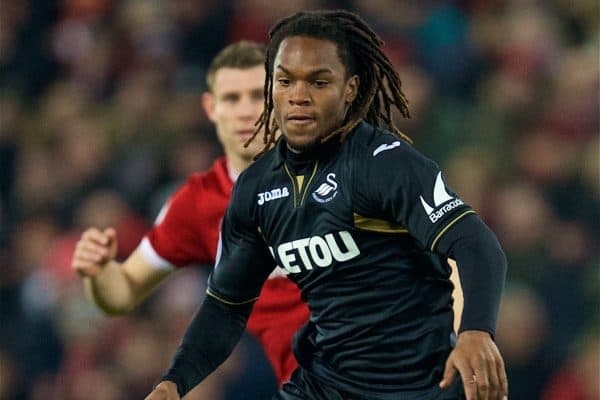
Individually he’s a good player, but he often speaks about a key part of his game – and what he loves about the game – being the team factor, being there for each other and giving his best for the team overall.
Which manager do we know who particularly appreciates that trait?!
As to what he’s not so great at, while he works hard and loves to showcase his power with big tackles, his timing isn’t always…immaculate, let’s say.
He’s much more utilised in defensive terms as a tracking-back positional blocker to keep the team in shape, rather than the Fabinho-like character who has to actually win the ball all the time. Sanches doesn’t shy away from the work required, but the actual technique and timing to win back the ball definitely needs refinement.
In attack, he’s far more likely to provide the dribbling, the power, the extra man to take the defence’s attention away from the forwards or the shot from outside the box, rather than be the scheming player providing the final creative pass into the area.
Role at Lille
https://www.youtube.com/watch?v=JzYM8g9Ofi0
At Lille, a very fun-to-watch side has been put together, full of attacking intent who will remain top of the Ligue 1 table over the winter break if they match or better PSG and Lyon’s results two days before Christmas.
They are defensively solid, free-scoring when everything clicks, play 4-4-2 (or variations thereof) and have most of the key parts of the squad aged between 20 and 25. Sanches, 23, is central to all of it, literally and figuratively.
He plays at the heart of midfield alongside Benjamin Andre (the real ball-winner of the team) when all are fit, with Boubakary Soumare another option in the middle. There have been games, as mentioned, when Sanches is pushed to the right or left side to get the most out of his work rate, crossing ability and willingness to get into the final third, but mostly he’s a central midfielder – the more attack-minded of the two.
It’s worth noting that his involvement this season has been curtailed by injury; hamstring strains kept him out more than once last season and he has missed out this term for the same reason. Injuries were a worry during his Benfica-Bayern time, too, so perhaps this is still reason for caution – or just a consequence of his enthusiastic style.
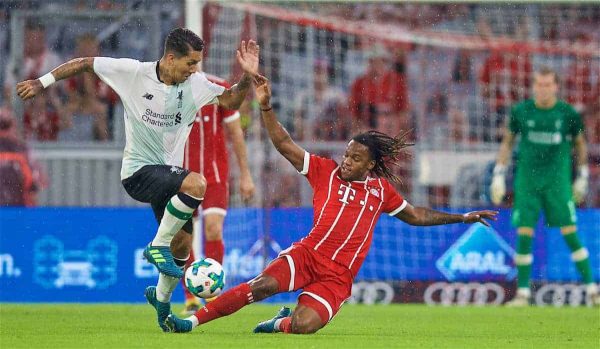
As for the club, they know how much he’s worth and it’s far more than they paid for him. Whether they’ll be able to demand that much is another question, as French football faces a real financial crisis and Lille more than most.
They could be forced by creditors to sell off assets in January; as well as Sanches, centre-back Sven Botman is linked with the Reds, while forward Jonathan David, midfielder Soumare and goalkeeper Mike Maignan are among those rumoured to be interesting clubs with a more sound financial footing at present.
Gerard Lopez boasted earlier this year that Lille had turned down €70 million for Sanches…but the rumours now suggest he could be offloaded for as little as €20m.
Where would he slot in with the Reds?
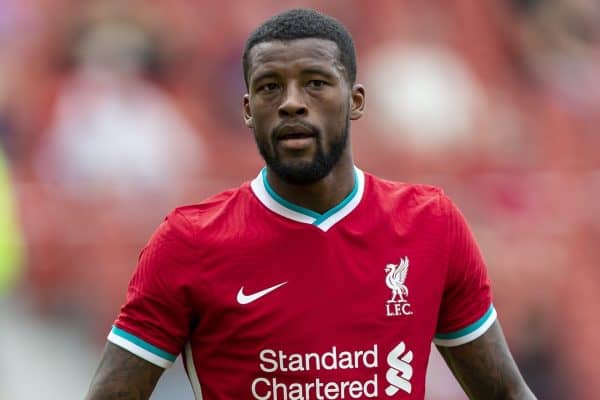
So where would he fit if the Reds did swoop? The elephant in the room continues to be Gini Wijnaldum‘s dwindling contract, with just six months or so remaining of our No. 5 at Anfield if no extension is forthcoming and agreed.
As a like-for-like, Sanches certainly replicates some of what Wijnaldum offers in terms of driving through midfield, shielding the ball and tremendous selflessness for the team, but of course, he’s not an exact match.
He’s better than Wijnaldum at dribbling on the run, for example, and at big switches of play or crossing from deep. He’s nowhere near as good as Wijnaldum at tackling back on the run without committing fouls, nor as good in the air in the attacking penalty box.
But both have power, both have an ability to twist away from two or three challenges under pressure in a small area, both can shoot from outside the box with ferocity – though we don’t get to see it from Gini too much.
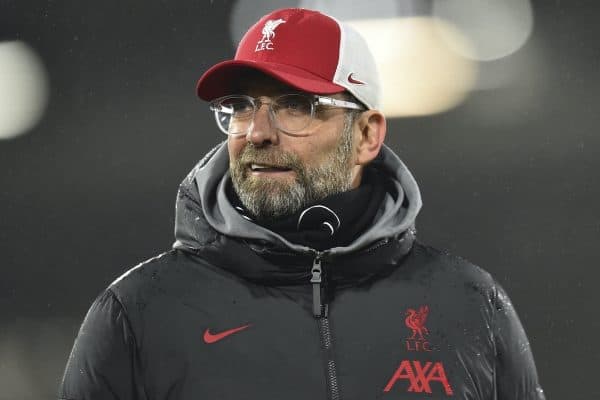
Could Sanches play as a No. 6? Perhaps – but it would take a lot of tactical work and dampening of his offensive-minded instincts, which would in turn maybe remove a lot of what makes Sanches such an effective player with a much higher ceiling. Then again, not many would have foreseen Wijnaldum becoming a controlling central midfielder before teaming up with Jurgen Klopp, either.
Given the style Liverpool play and our apparent need for unlimited midfield options, Sanches would be a lovely fit for the fast turnovers, quick surges upfield and link-ups with the front men, with a bit of added bite and scoring potential from the second line.
It’s also worth noting that he has excelled in a double-pivot, which is where Klopp has shown he intends to eventually switch toward more often with the Reds, too. You would absolutely pair Sanches with a Fabinho or Henderson; you definitely wouldn’t with a Curtis Jones and doing so with Naby Keita could alternately see the Reds dominate the match, play incredibly or see both players subbed at the break, injured or exposed.
There remain question marks, not least over fitness and a propensity to suddenly let his emotional side get the better of his performance level if things don’t go to plan.
But if the flip side of that argument is getting him at a 50 percent price discount to usual, perhaps Michael Edwards and Co see it as a very reasonable trade-off which Klopp and his coaches can work on over the next few years.
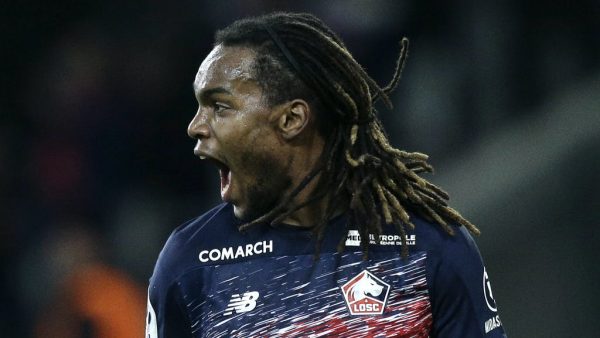

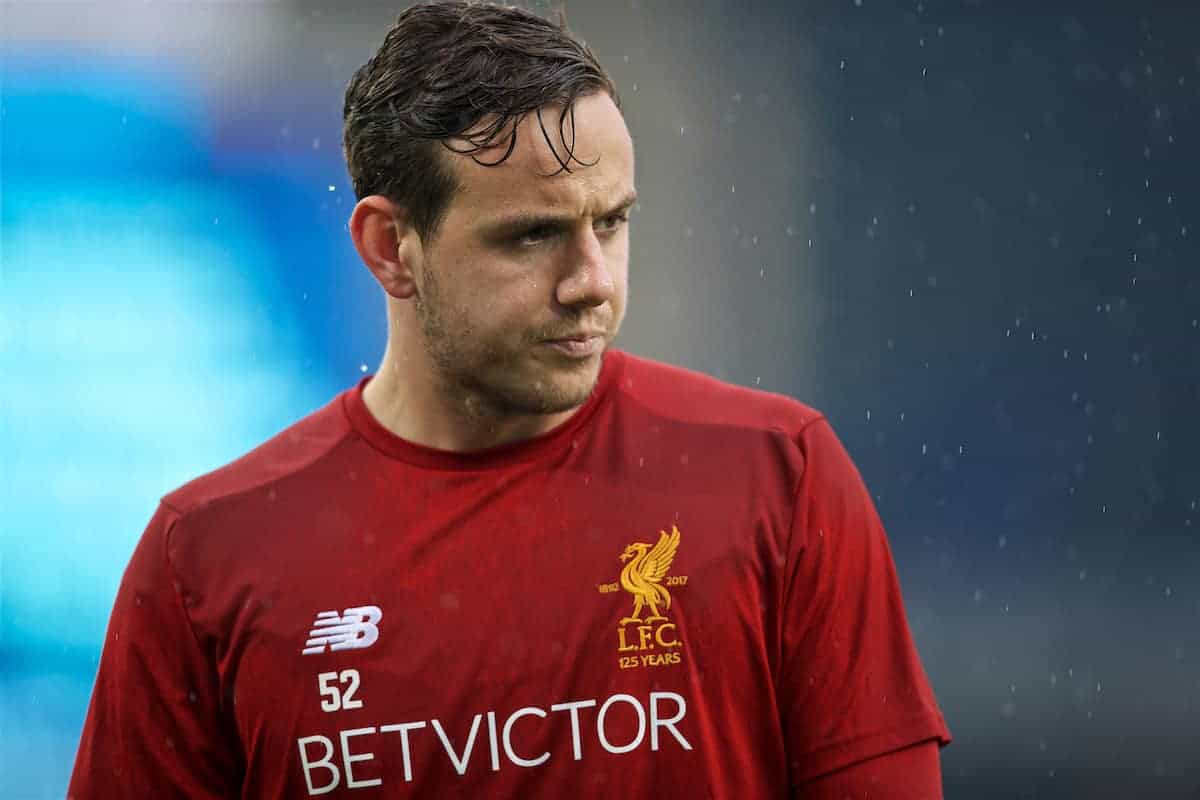


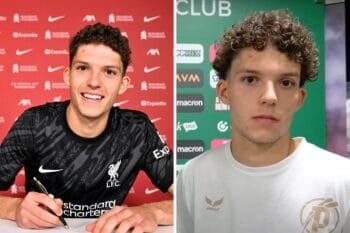

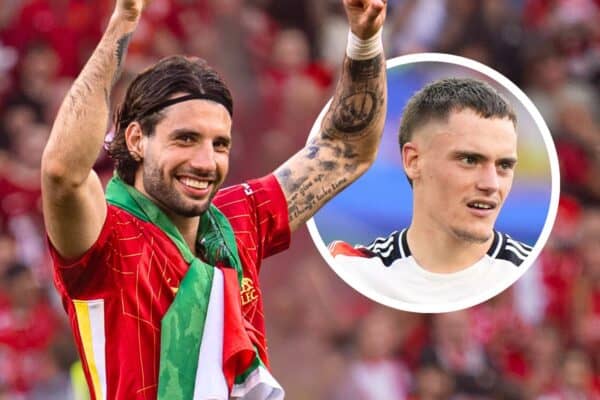
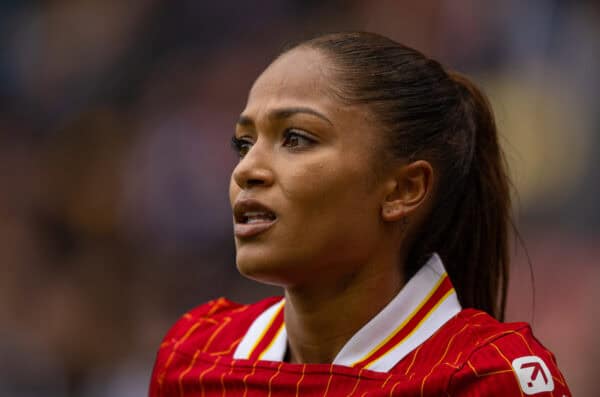
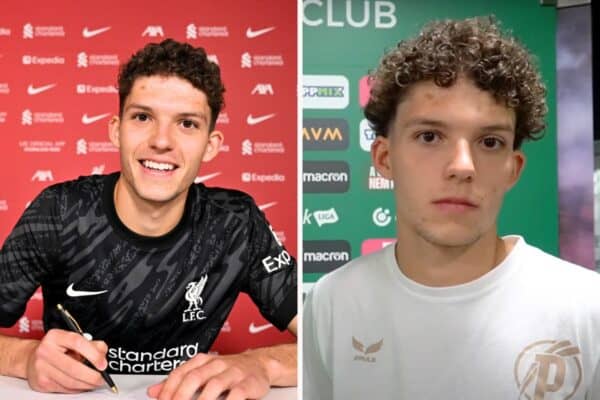
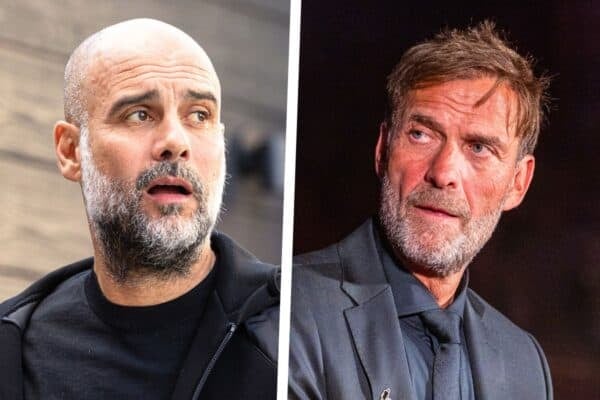

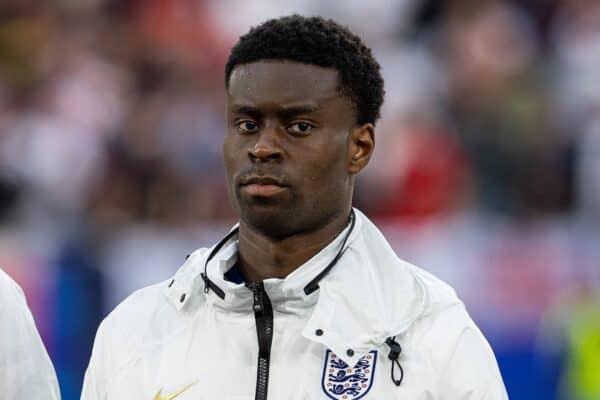


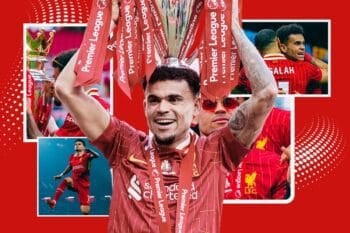
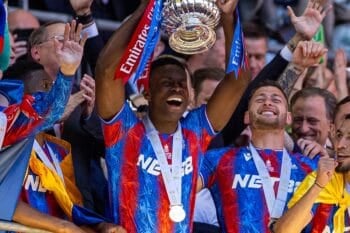
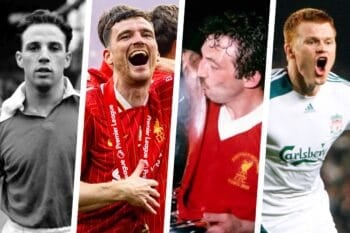

Fan Comments